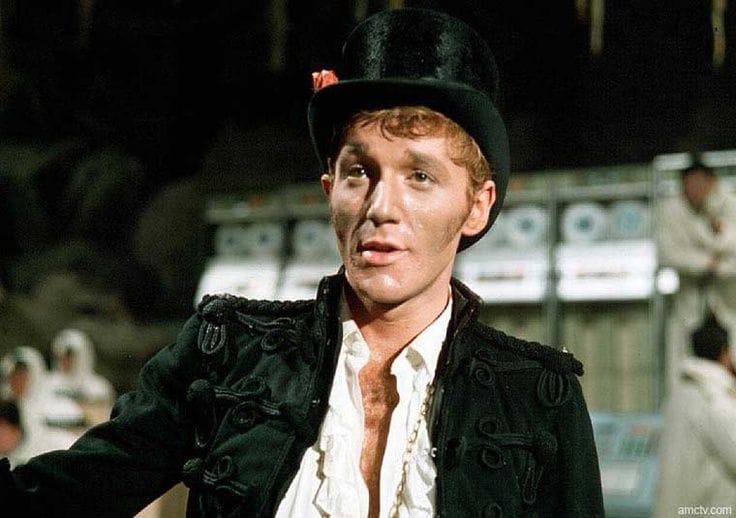I Am Not a Number
A small child barely waist-high and clad in sooted rags proffers you an unremarkable river stone, begging a "mere glint" of 1 gold piece for their lucky stone (HP 1, stats as goblin).

Excuse the COVID-malaised fever prose: I am presently full of snot and ready to rot.
Hit Points (HP) are a contagion within game design, the pandemic that still rages. Each dawn new cases of both tabletop and computer heritage are diagnosed, a congenital affliction. The endemicity has long been so great that scholars in most mainstream circles no longer even recognise the disease: it has long become the new normal.
This goes beyond the cutaneous stigmata of nonsensically ever-increasing HP totals, a symptom expertly documented by Jon Peterson and Tom van Winkle. The rot goes down to marrow: reducing the scintillating inhabitants of our imaginings to mere numbers. From the glittering big mood commodified OSR stream we might sift these fictive passages:
Peter (AC 10, HP 4) and his wife have long held animosity over the loss of their firstborn, each quietly blaming the other, but maintain the facade of being performatively fractious for the sake of business.
Susan scrubs until late most nights at The Drowned Clown. She tends to linger in the uneasy comfort of lush sailors and tired minstrels, for home has become the solitary bar of her Father Nick (AC 12, HP 7), and she has learned that men taken to libation are at least better behaved with an audience.
A small child barely waist-high and clad in sooted rags proffers you an unremarkable river stone, begging a "mere glint" of a gold piece for their lucky stone (HP 1, stats as goblin).
(The ingrained misogygny on display is a regrettable debt of authenticity paid to the source material - please see the restoring pastel Fantastic Medieval Campaigns by Marcia B).
Beyond the sheltered cloisters of tabletop skirmish wargames and the binary totalitarianism of computer roleplaying games, we need not reduce the remarkable breadth and depth of health and sickness into Hit Points. The veteran who returns with an above knee amputation, the elderly mother frail from loss of appetite due to dementia, or the traumatised refugee exhausted from waking nightmares - how many Hit Points should they have? Should we even care?
Postscript 1: Thank you to Luke Gearing, for The Isle is the only adventure or setting I have read in recent memory that provided the one number I do care to see for your characters - their age (in years). The tyranny of ageism is a yet greener pasture from our immediate field of play!
Postscript 2: I highly recommend Meguey Baker's recent article Playing with Mortality as well. Drawing the link between Hit Points and our own fears of mortality is left (best) as an exercise for the reader.




